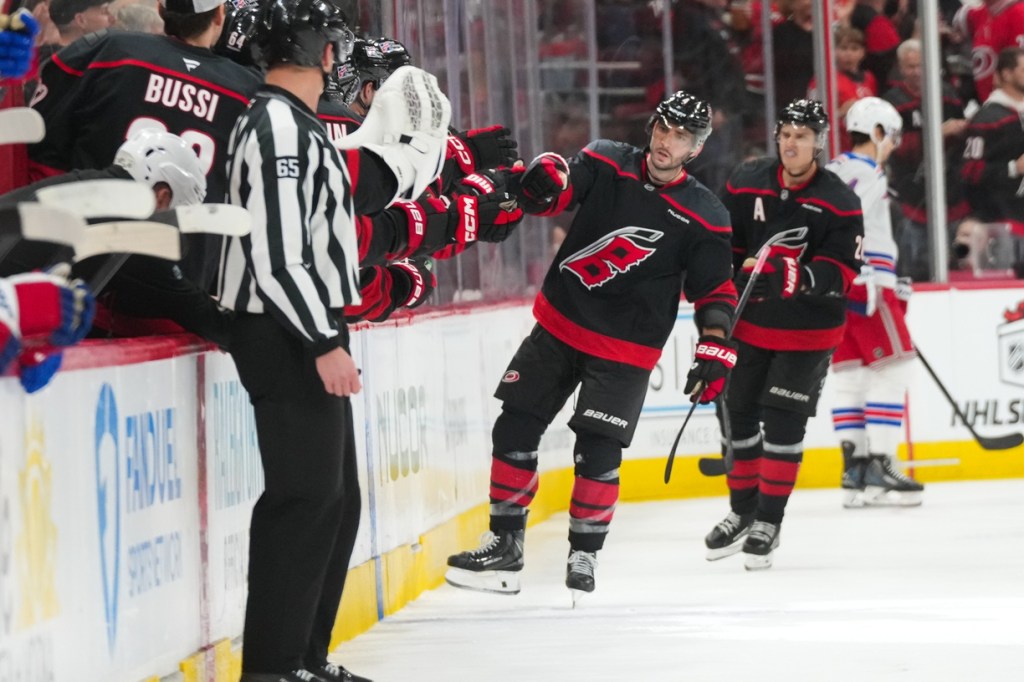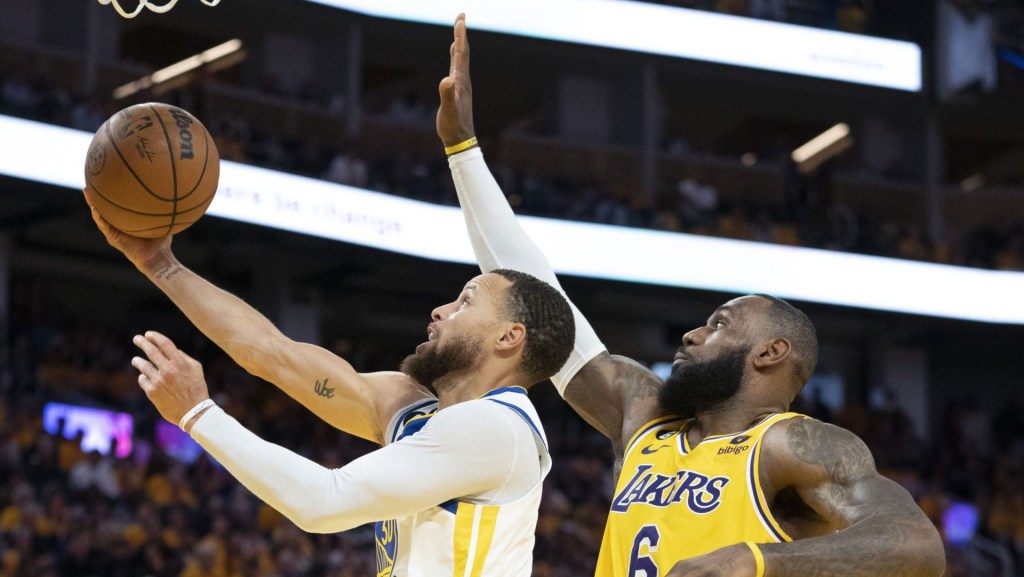By: Zach Seybert, @zlseybert
Hockey fans are in for a treat this fall with the World Cup of Hockey taking place before the start of the NHL season. Even more exciting is the fact that hockey is being broadcast on ESPN, which has been a subject of debate among hockey enthusiasts for some time. For those who have tuned into the World Cup of Hockey thus far, viewers might have noticed something strange on the dasher boards around the rink — the advertisements have been changing.

The World Cup of Hockey is being played at the Air Canada Centre in Toronto, Canada and the tournament is being held for the first time in 12 years. Exclusive rights to the tournament are held by ESPN, who with the use of the computer-generated imagery (CGI) advertisements on the dasher boards, or “digitally enhanced dasherboards,” are making the most of the two-week tournament when it comes to sponsorships. These advertisements cover up the logos of corporate partners, in this case companies who have partnerships with the Toronto Maple Leafs and Air Canada Centre, and are replaced with ESPN’s own television partners, which can be seen during television broadcasts.
According to a Forbes article by Kurt Badenhausen, CGI ads are not new in sports, especially hockey. Broadcasts have used CGI logos behind the glass of the nets and sometimes dasher boards are even left blank to allow for CGI logos to change throughout the game. What is new, however, is essentially replacing the in-arena logos with different ones to be seen by TV viewers.
The ability to change these advertisements open new avenues for revenue for broadcasting partners but also give teams and leagues the opportunity to have static advertisements, as well providing exposure to fans in the arena. Corporate partners buy space on these boards because they are easily viewable during TV broadcasts. The downside of this technology is that it could become increasingly difficult to sell these spaces to companies when they could be hidden to viewers.
As someone interested in the nuts and bolts of sports sponsorship and various activations, the opportunity to sell multiple sponsorships and have them vary throughout different points of the game is fascinating. However, with these CGI ads on full display throughout the World Cup of Hockey, not everyone agrees with my viewpoint. Many viewers have had mixed reviews and thought the boards looked “glitchy” throughout the game. The World Cup is a joint effort between the NHLPA and NHL with the International Ice Hockey Federation. With this advertising experiment, the NHL is likely looking to use this method of advertising during its upcoming season as well. According to Sports Business Daily, the use of these digitally enhanced dasher boards, “allows the NHL to create four separate board advertisements for different broadcast feeds lined up for the World Cup tournament: one for the English-speaking U.S. audience, one for the English-speaking Canadian audience, one for the French-speaking Canadian audience, and one for the use by European and other international broadcasters.”
Given the increased technology available for sponsorships and advertisements today, the use of CGI to create multiple advertisements during a game or event is likely to grow. We have already seen this in the NFL with the digitally projected first-down line that viewers have gotten so used to and with subsequent ads projected onto the field during the broadcast. Soccer stadiums have used a variation of this with their digital boards surrounding the pitch. Green screens have been commonly used behind the plate on baseball broadcasts. It seems that it is inevitable for CGI to make its way into different sports, which will ultimately change the way we view ads and the game experience.
Front Office Sports is a leading multi-platform publication and industry resource that covers the intersection of business and sports.
Want to learn more, or have a story featured about you or your organization? Contact us today.

















